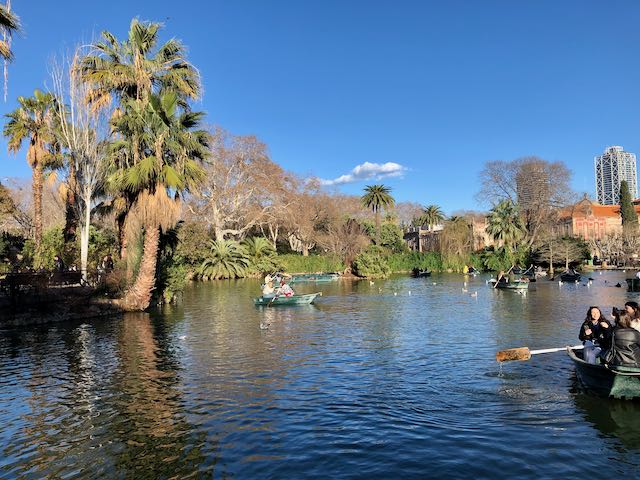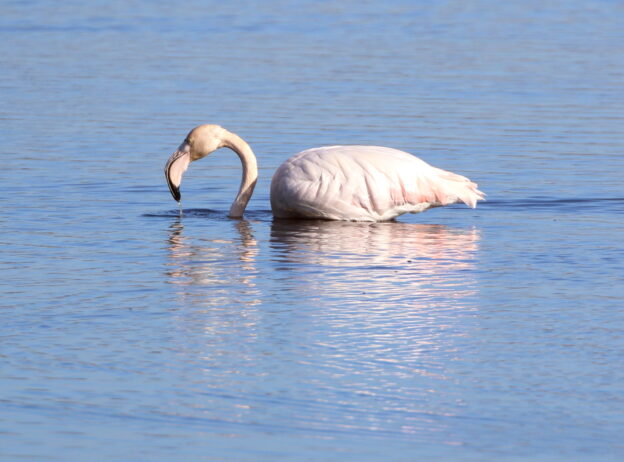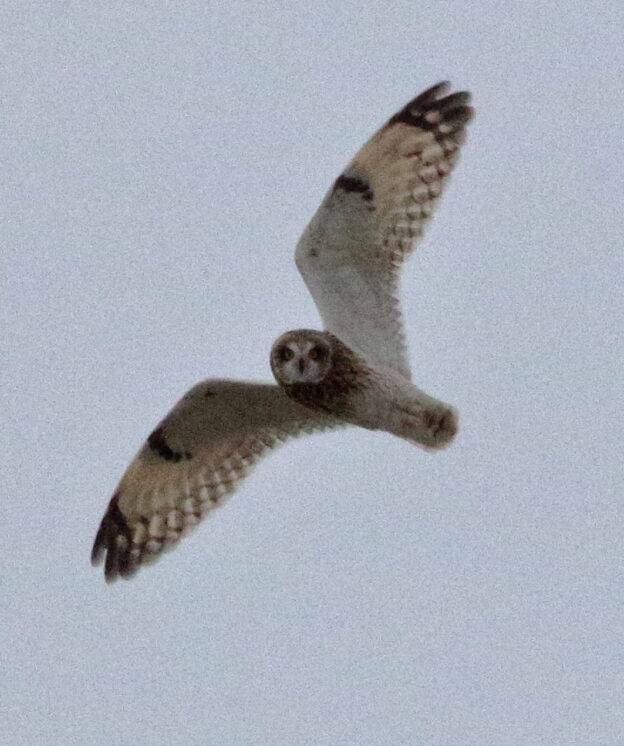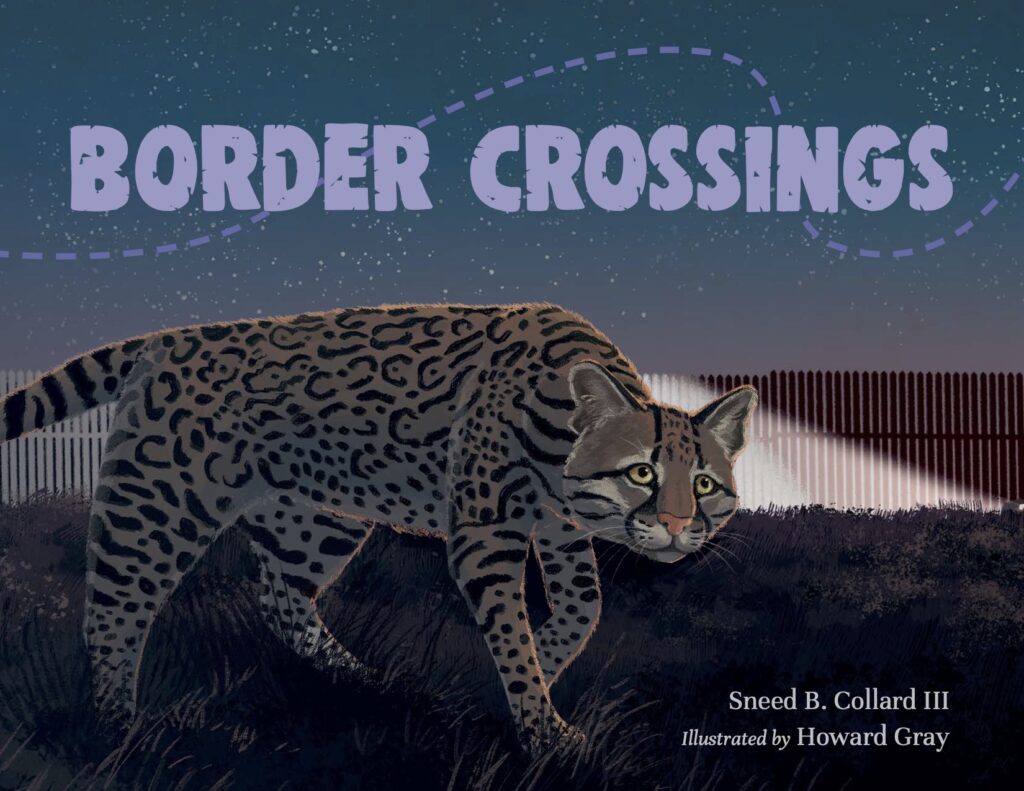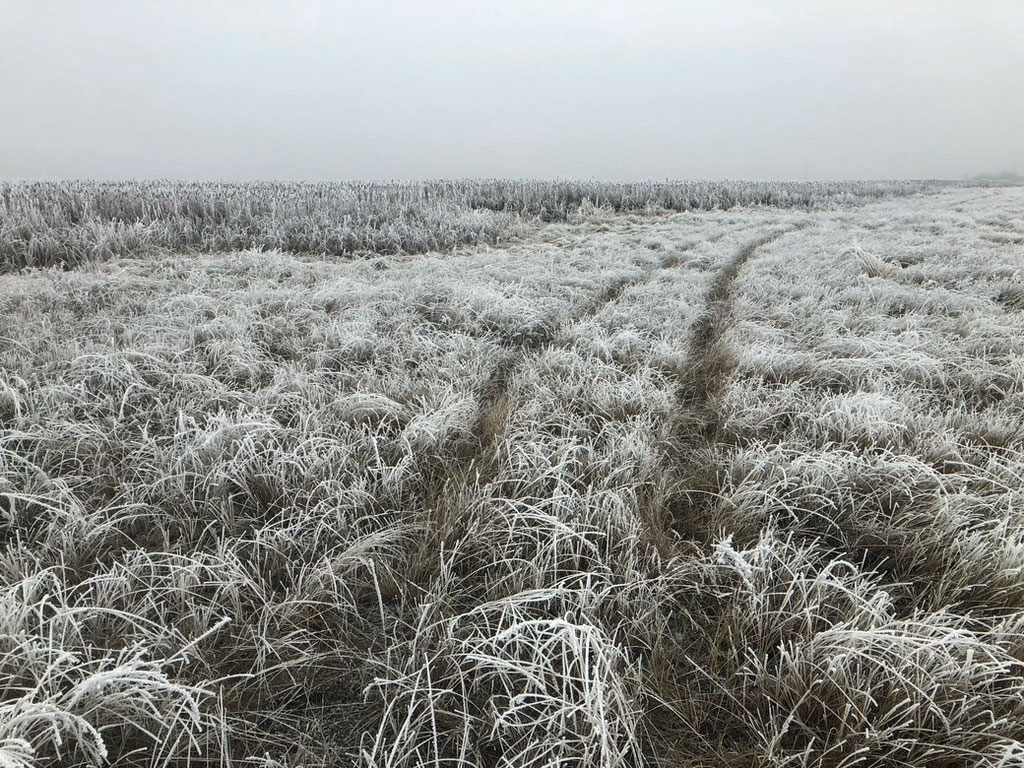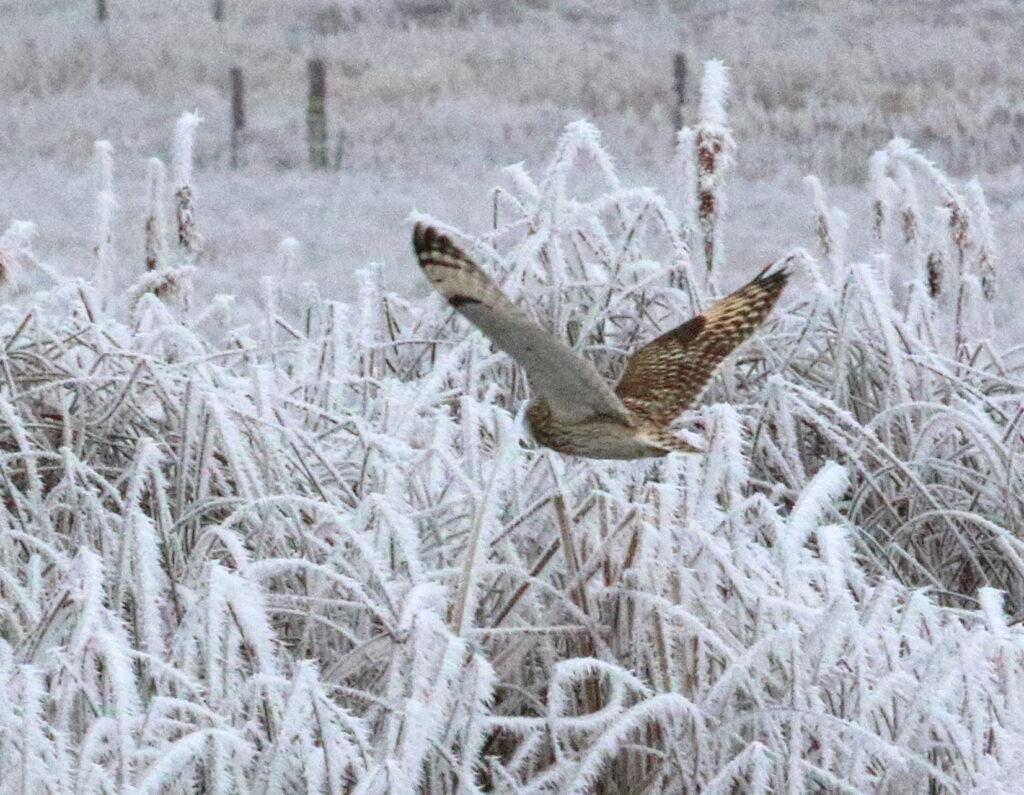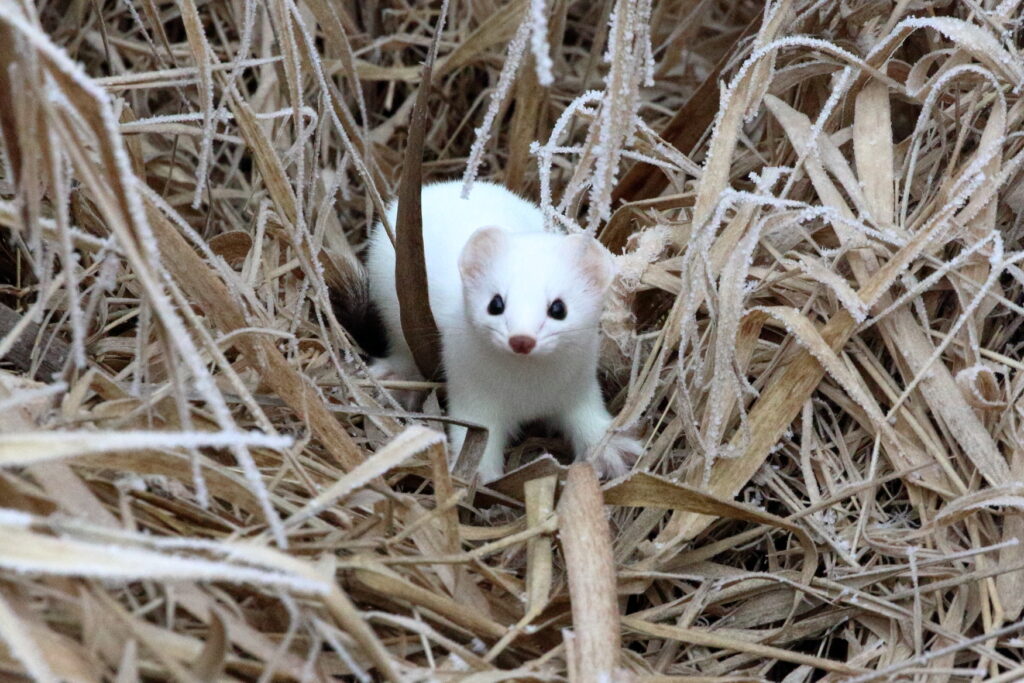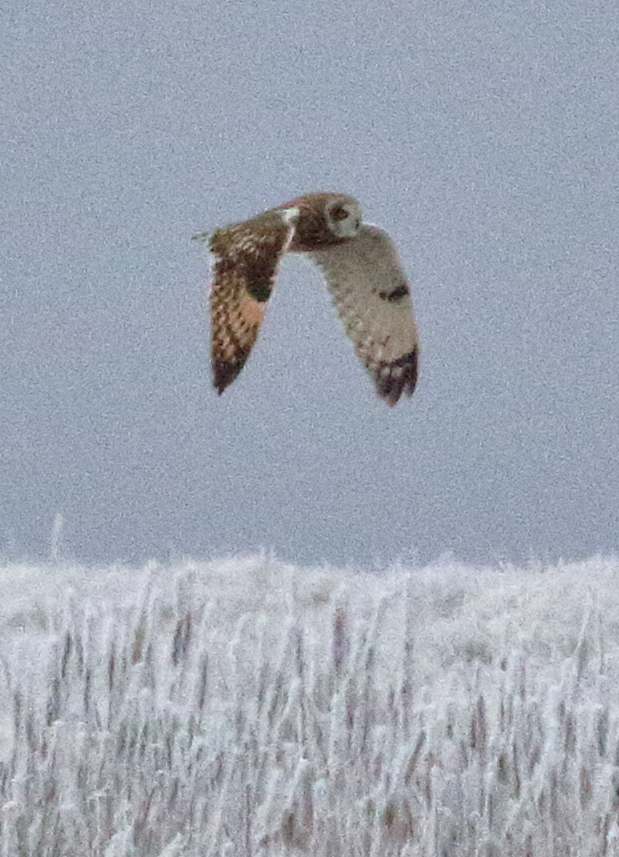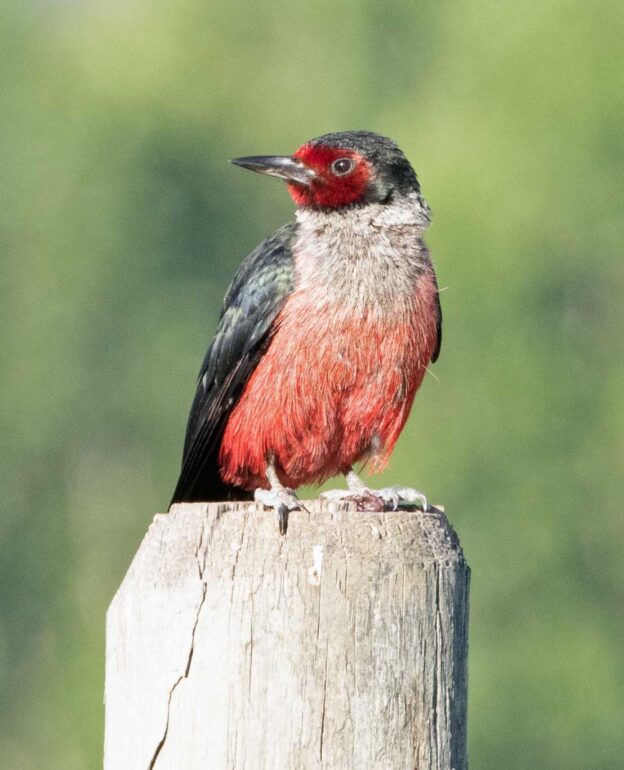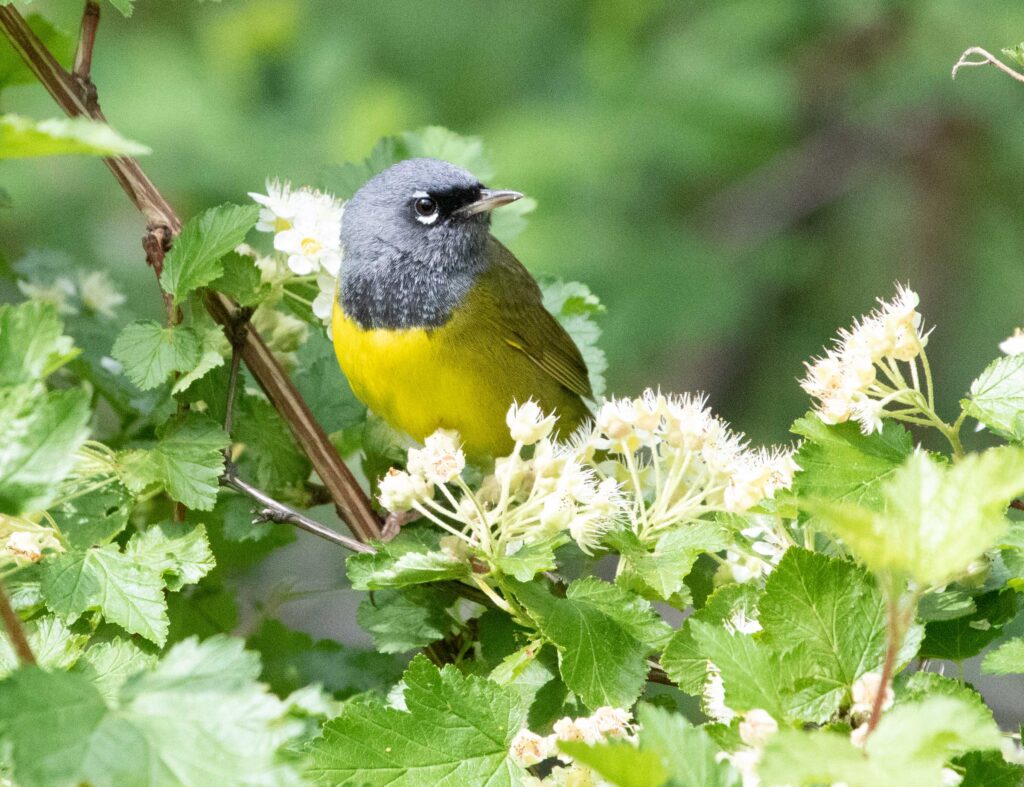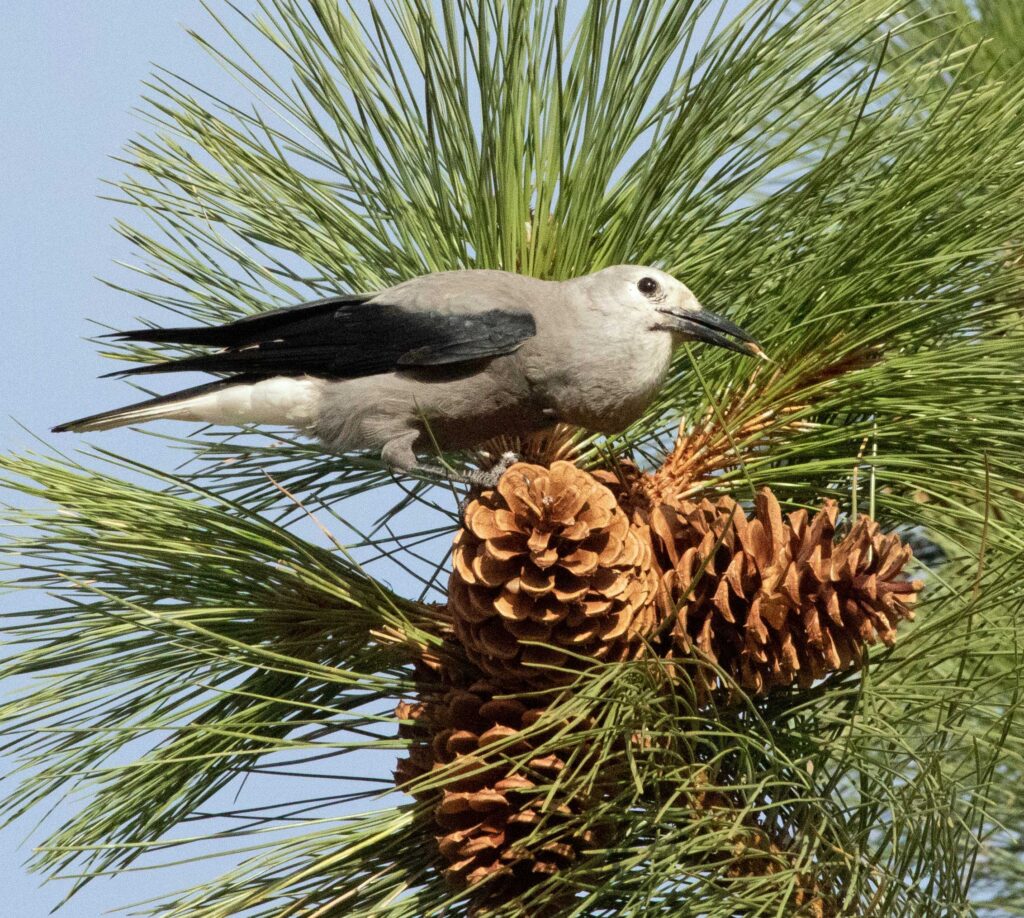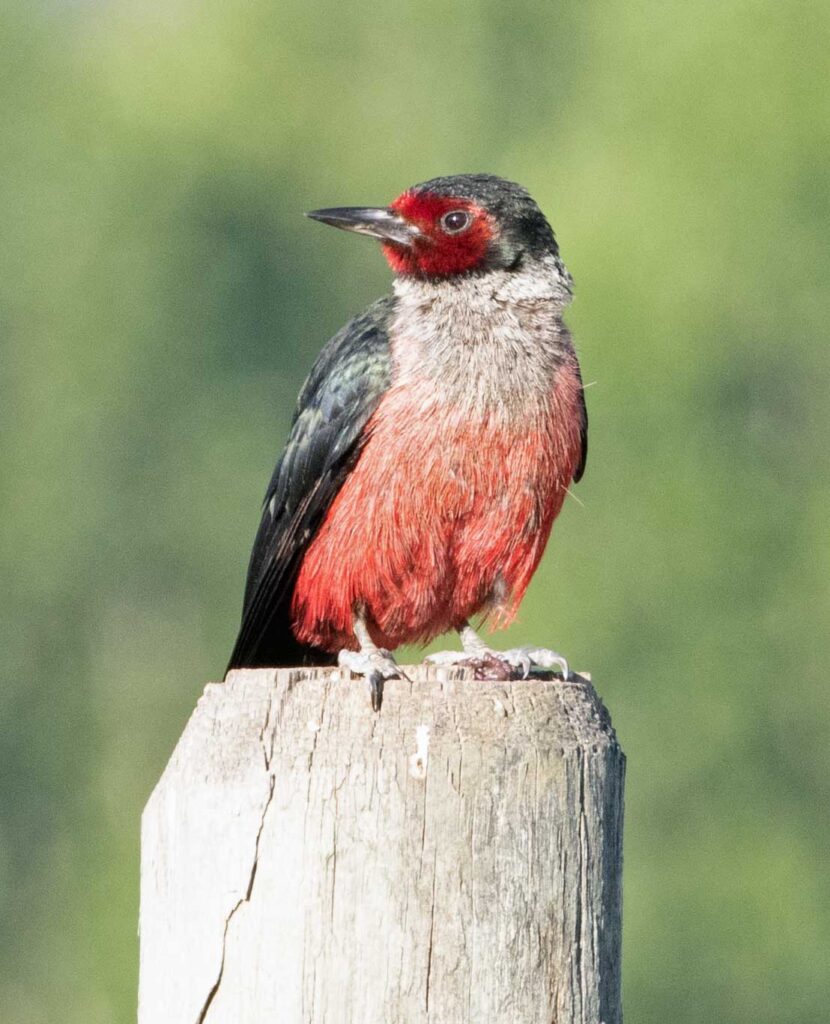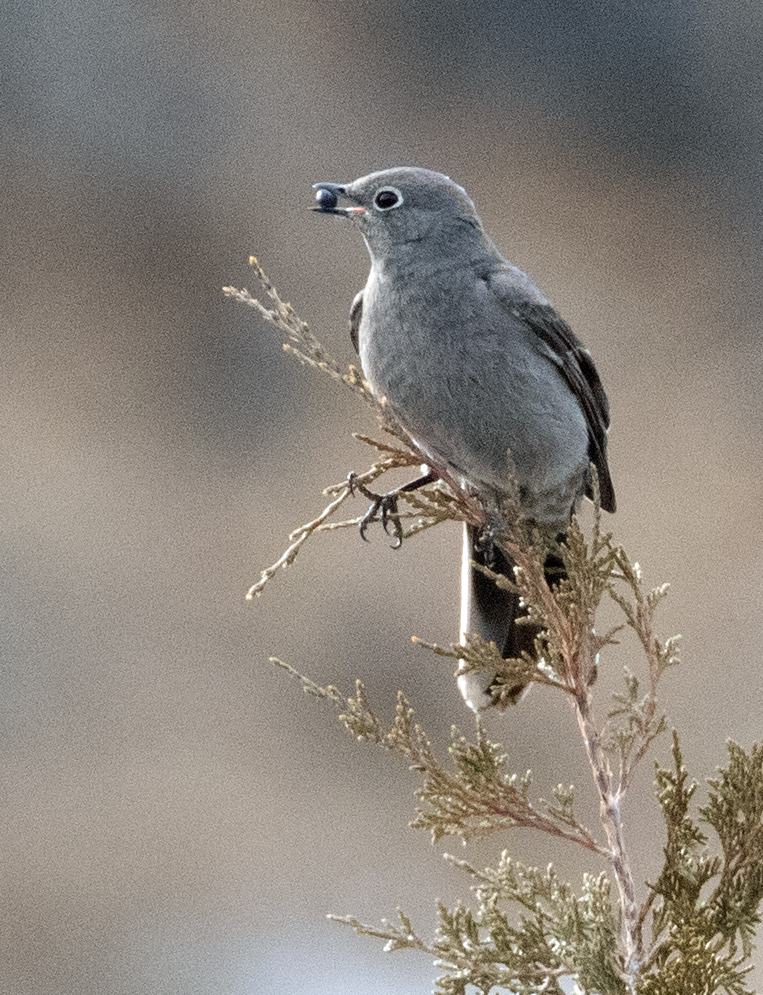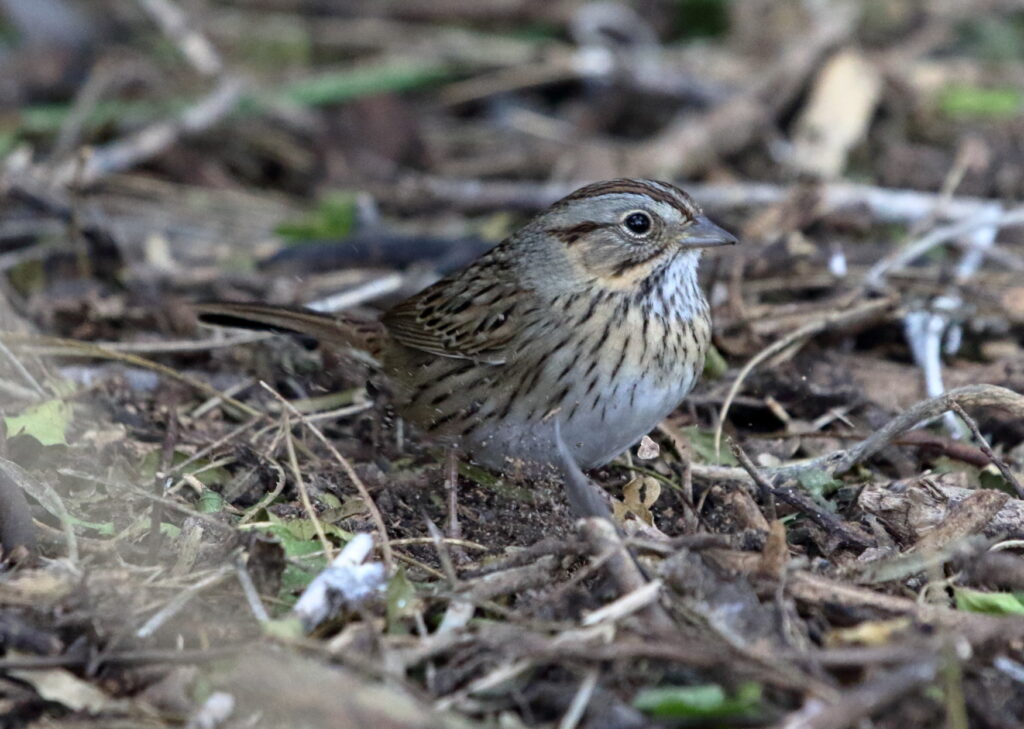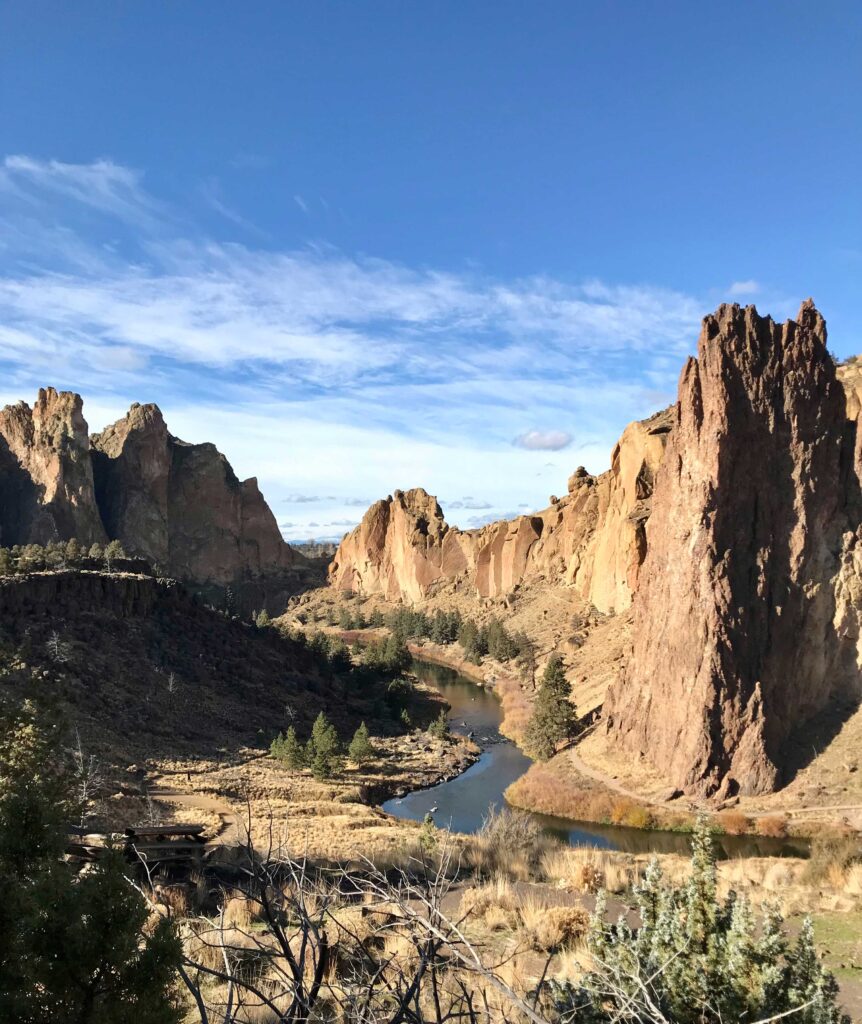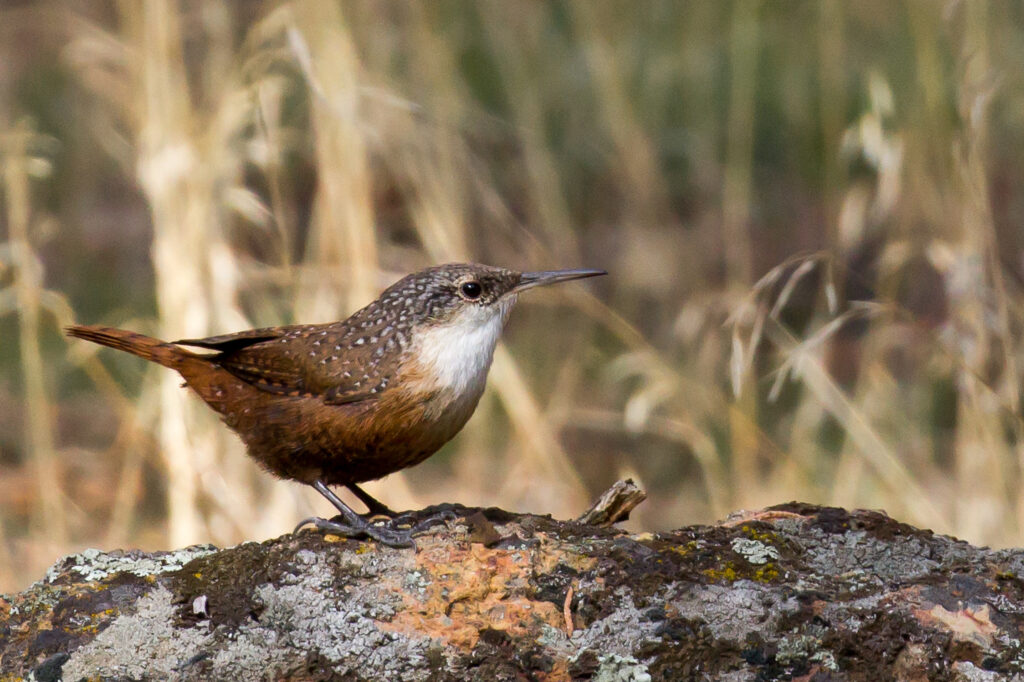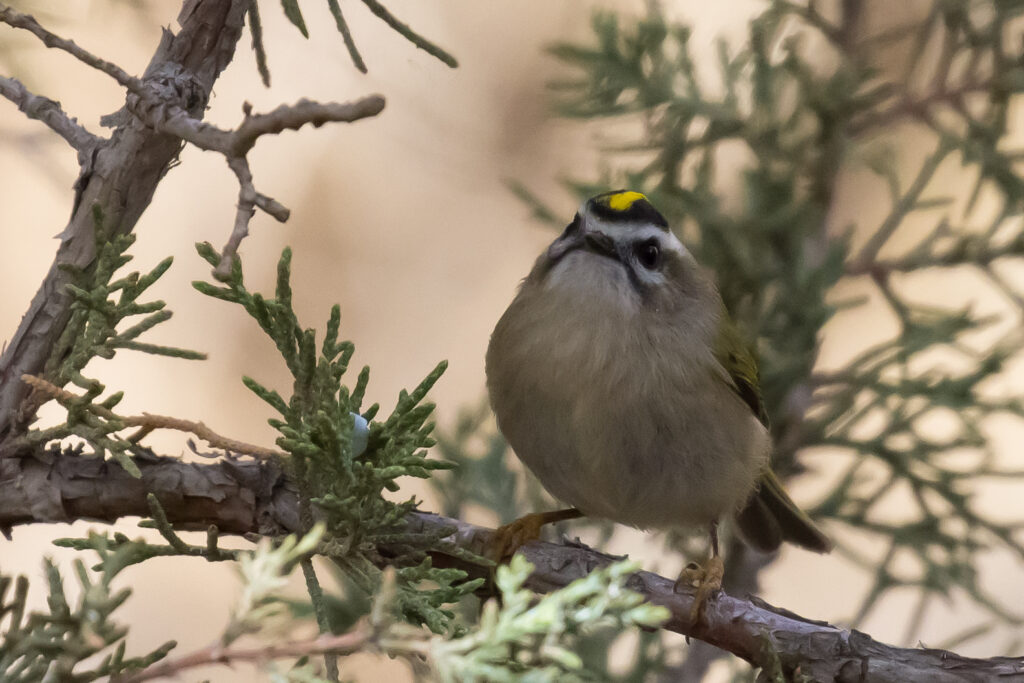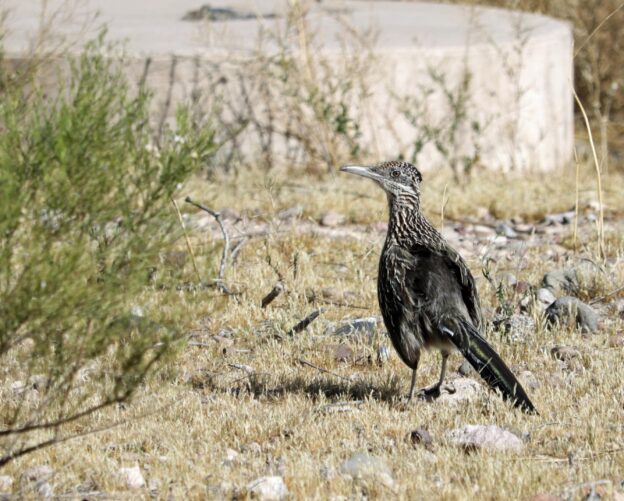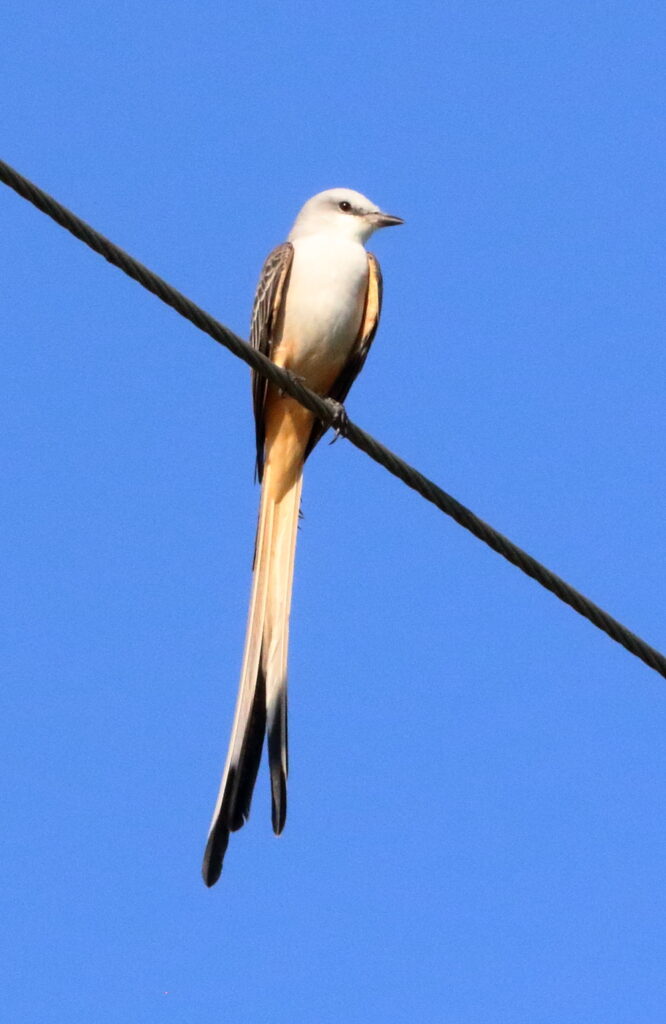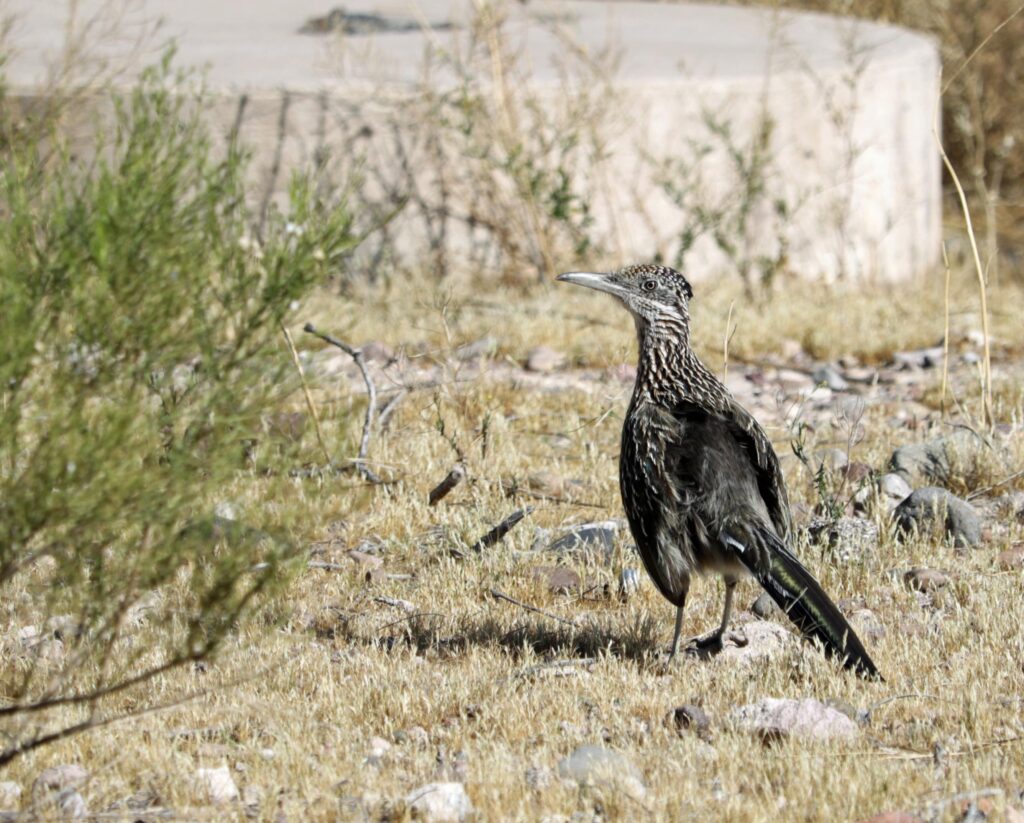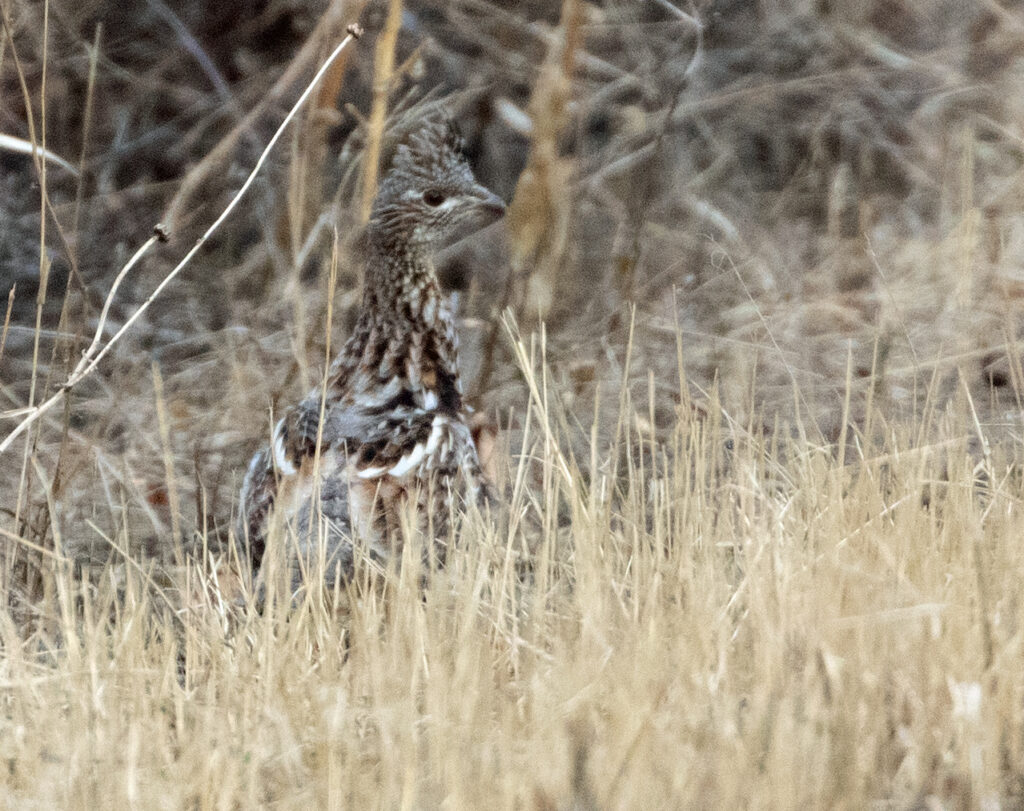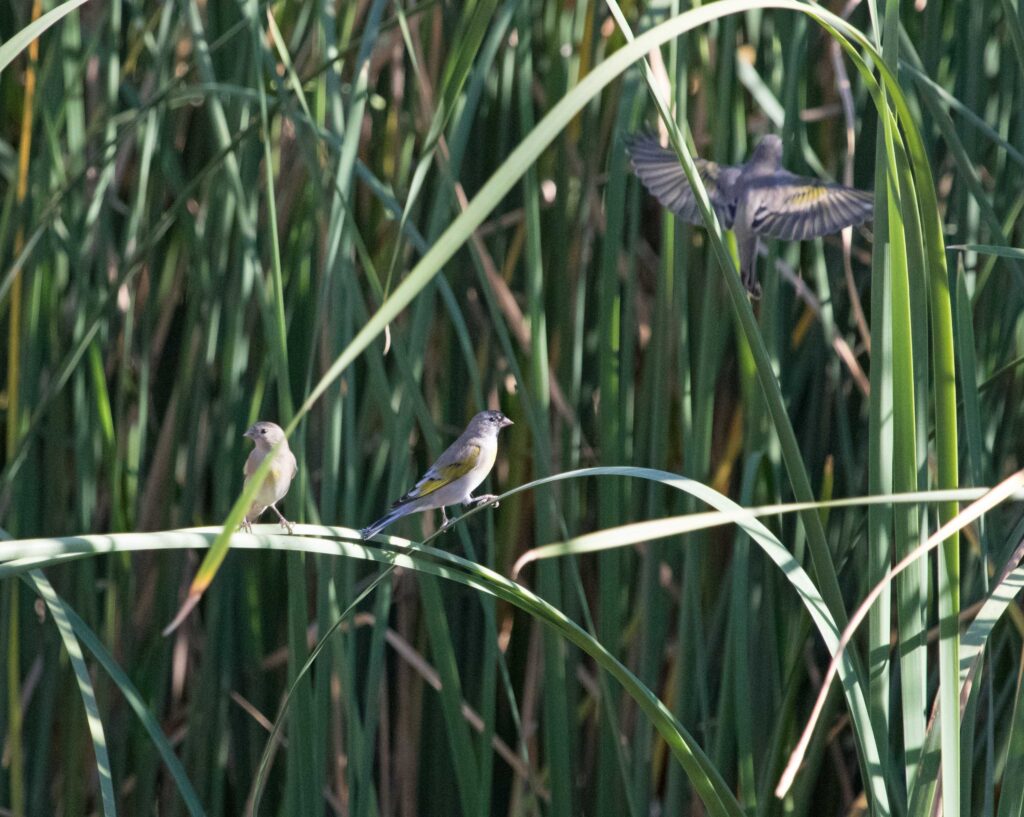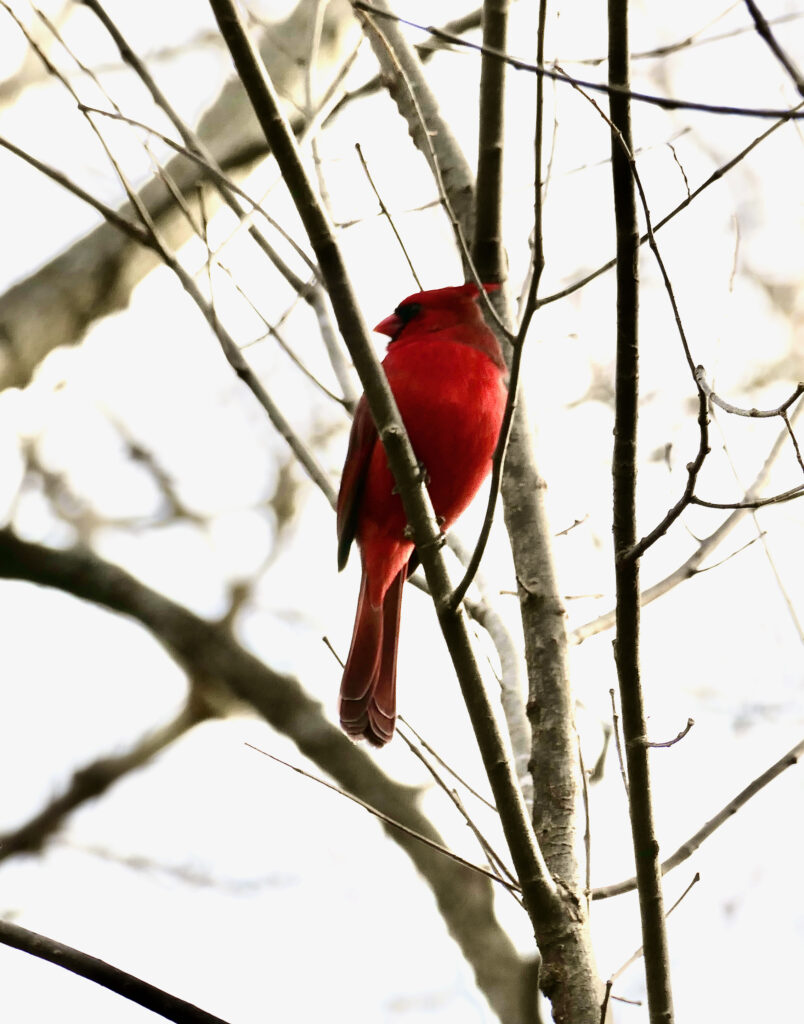Braden and I write FatherSonBirding in the hopes of sharing the wonders of birds and birding, and the urgency to protect them. We do not accept advertising or donations, but if you’d like to support our work, please consider buying *NEW* copies of some of Sneed’s books—First-Time Japan, for instance, or my recent Orbis Pictus Award winner, Border Crossings. We appreciate your interest and hope you will keep reading!
When birding big cities I’ve discovered that it often requires a bit of extra effort to reach even a highly modified natural area. That proved true last year when my daughter and I visited Japan (see “Birding Japan: Kanazawa”), and it once again proved to be the case when my wife and I recently visited Barcelona. After birding city parks and tourist sites all week, I had barely breached 30 bird species total—far short of my goal of 50 or 60 species (see “Birding Barcelona, Part 1: The Urban Core”). I had a plan to help rectify the situation—but it was going to take that extra bit of effort to realize it.
On the last full day of our trip, I rose early, wolfed down some yoghurt, and hailed a cab in front of our hotel. In my mediocre Spanish, I explained to Isabella, my driver, where I wanted to go and even showed her the place on Google Maps. She knew about the area and had even been there, so we set out toward the airport in a light drizzle.
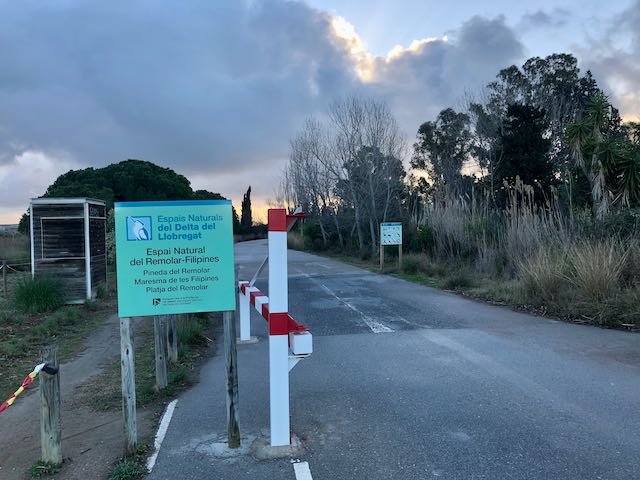
My destination was the “Espais Naturals del Delta del Llobregat,” which I’ll just call “Llobregat” for simplicity. Llobregat was a wetland divided into two parts, one on either side of the Barcelona airport, and the reason it existed at all was no doubt due to the fact that you can’t build huge buildings where giant aircraft can run into them. I thank the travel gods for that because these wetlands were the only orange-colored (high species count) hotspots anywhere near the city of Barcelona.
I asked Isabella to drop me off at the area on the far (western) side of the airport, and twenty minutes later found myself standing utterly alone on a road that appeared to lead into the natural area. Turns out, Isabella could have driven me another mile closer to the main action, but that error turned out to be a good thing. As I walked down the road, I began hearing all kinds of bird vocalizations and soon Merlin’s Sound ID picked up a new lifer for me, Cetti’s Warbler, calling from the thick reeds on both sides of the road. Sound ID also picked up Green Sandpiper, which got me really excited because shorebirds were at the top of my list to see on this, my sole real birding outing, of the trip. As I walked, I also saw what would be my only raptors of the trip—three Western Marsh-Harriers—and some high-flying swallow-type birds that turned out to be Eurasian Crag-Martins. I got occasional glimpses at a canal to my left, but saw only Mallards, a pair of Gadwalls, and a Gray Heron in it.
Half an hour later, I arrived at Llobregat’s official entrance and was relieved to see a series of established trails that led to various bird blinds around the reserve. As I followed the first trail, Common Chiffchaffs, Black Redstarts, European Robins, European Serins, and White Wagtails hopped and fluttered around me, but my excitement didn’t spike until I entered the first birding blind.
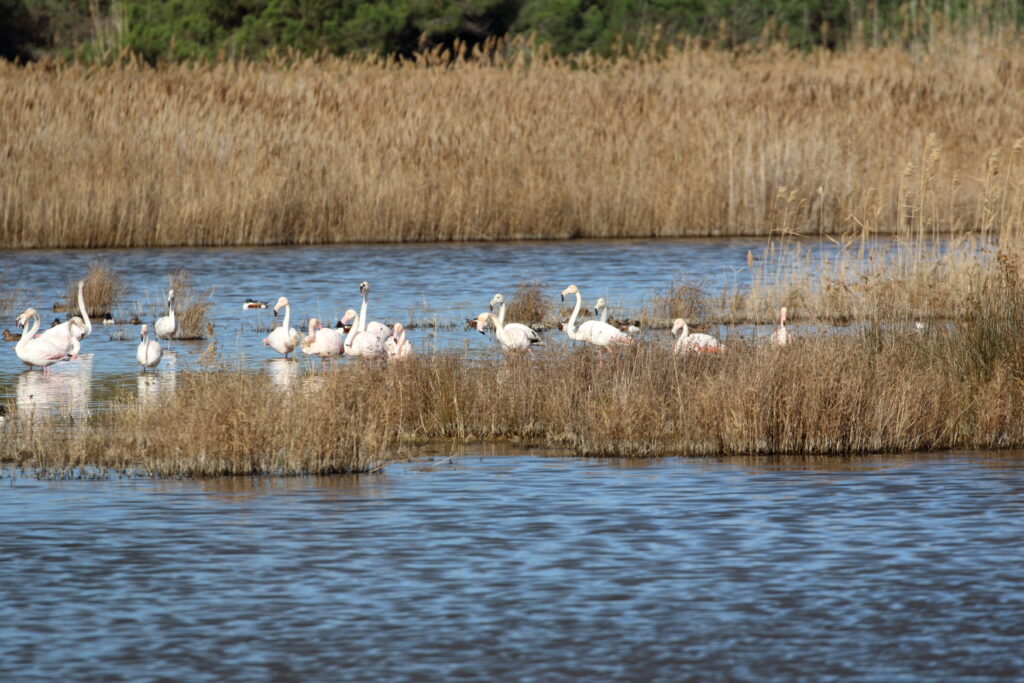
It took me about five seconds to locate the birds I most wanted to see—Greater Flamingos. But they just formed the tasty appetizer to the huge variety of waterfowl before me. This included many familiar ducks familiar from back home: Northern Shovelers, Gadwalls, Mallards, and the Eurasian variety of Green-winged Teal (which may eventually get split into a new species).
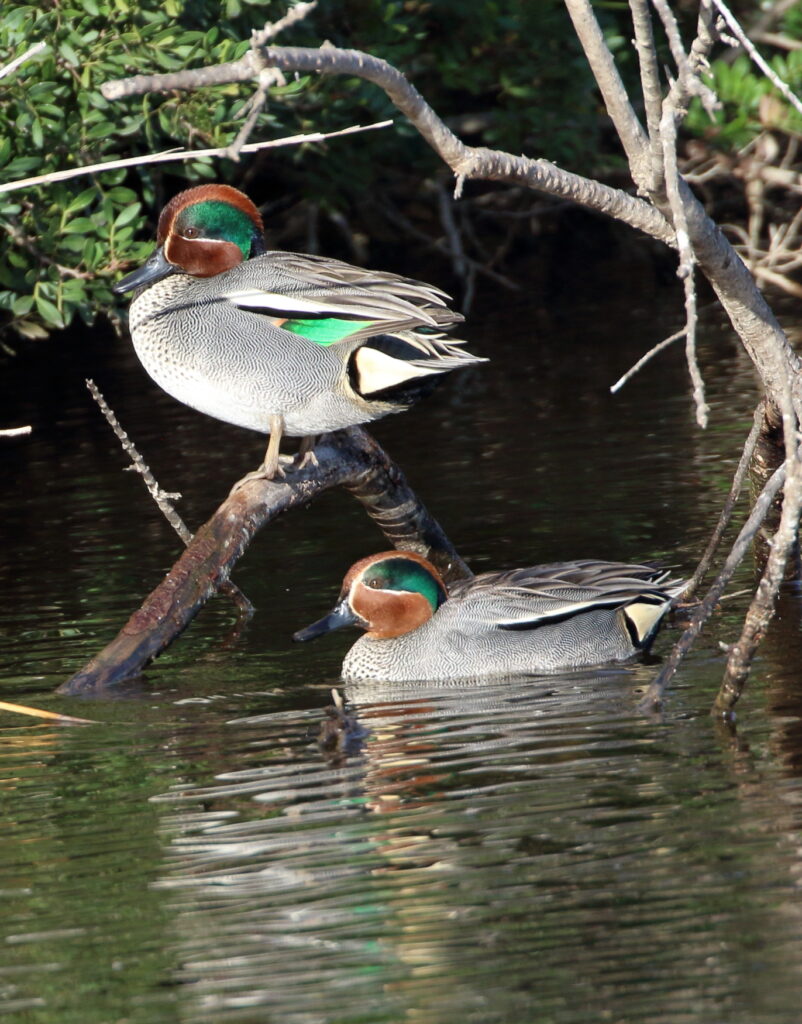
The ducks that really got me going, though, were new for my life list: Common Shelducks and a pair of Red-crested Pochards that was doing its best to avoid eye contact on a distant island! I had hoped to see both of these, but had tempered my expectations. No worries—there they were, and in company of a lone Eurasian Wigeon.
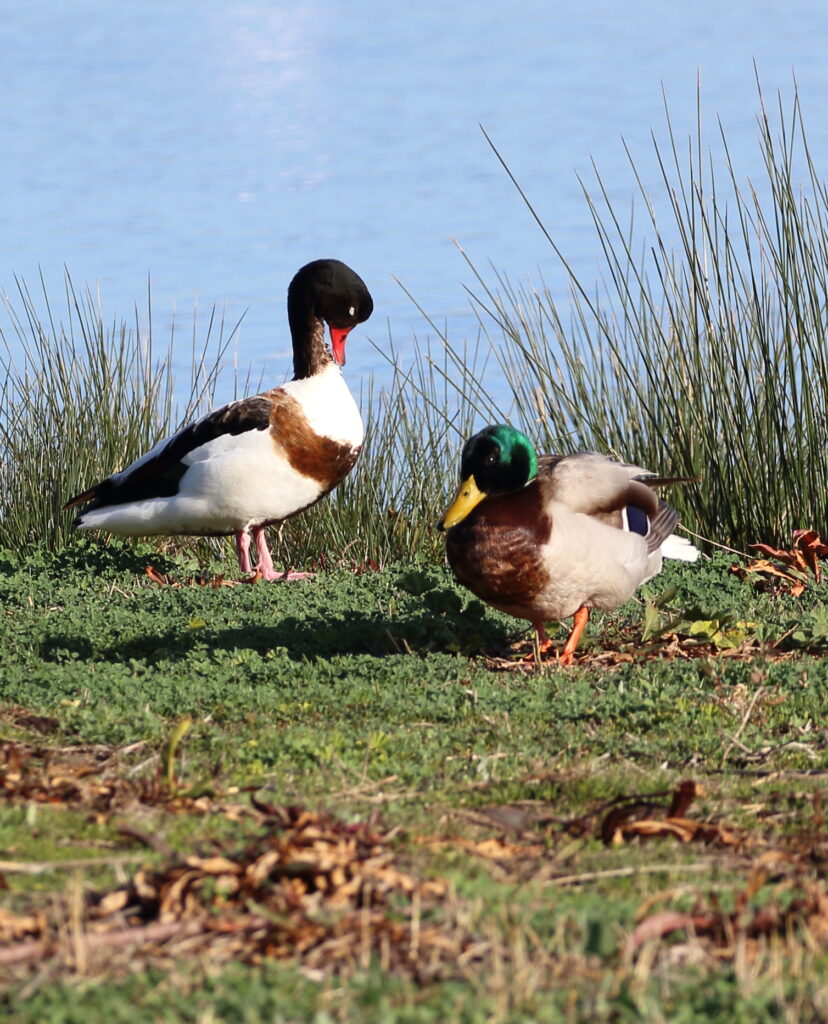
As I sat enjoying the duck show, I also noted Eurasian Coots and Moorhens, along with a delightful pair of Little Grebes, all of which I had seen in Japan almost a year earlier. As I scanned the pond, I also saw something quickly dive into the reeds at the edge of the pond. I strongly suspect that this was a Water Rail, but reacted just a moment too slow to get my binoculars on it.
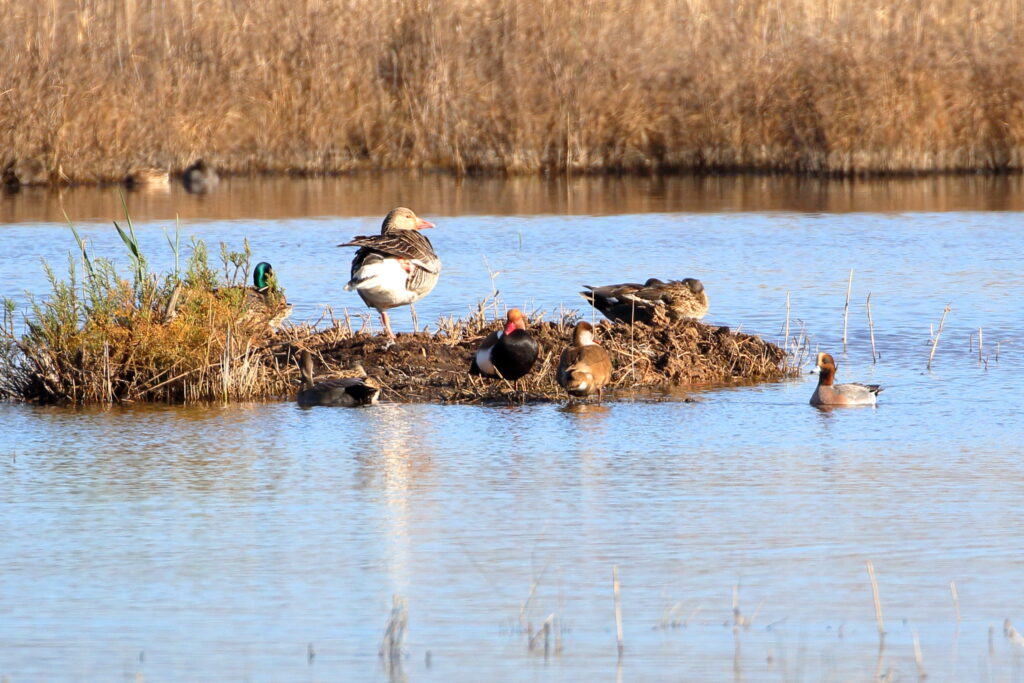
After about thirty minutes, I continued onto another viewing area. On the way, I passed a plywood wall with a few viewing windows cut into it and happened to take a quick peek. A largish purplish bird stuck out and my first thought was “Eurasian Moorhen.” Then, I did a double-take. “Hold on. Moorhens aren’t that blue—nor do they have bright red bills and legs!” The bird before me was one I had been studying on eBird quizzes, but darned if I could remember the name of it. Scrolling through eBird, I quickly found it: Western Swamphen! Even better, it had two adorable fuzzy black chicks with it!
I had not expected to see such a bird in my wildest dreams and it didn’t stay visible for long—just long enough for me to take a couple of modest photos—before disappearing into the reeds. And that, apparently, is typical for this bird, a species that rarely makes an appearance even where it might be fairly common. It immediately leaped to the top of my Trip Bird list, where it would remain for the rest of our vacation and beyond.

After more bird blind fun, I walked out to the beach in the hopes of seeing shorebirds. No dice. In fact, I didn’t see a single shorebird my entire morning, one of the trip’s big disappointments. I asked the interpreter about it and he confirmed that there hadn’t been many shorebirds around the entire year. Alas, I later discovered that the other section of the wetlands, on the east side of the airport, had been getting some. Nonetheless, I sat down on a jetty, breathed in the salt air of the Mediterranean, and enjoyed some bread and cheese while watching the giant jets taking off to almost every continent in the world. Then, I began making my way back down the long access road, happy with the day despite the shorebird miss.
My morning at Llobregat nabbed me 33 species—as many as I’d seen in the previous five days in Barcelona. It pushed my world life list to 1011 species. It also pushed my trip list to 49 species—one short of my goal of 50 species. “Shoot,” I thought, riding a taxi back downtown. “Where can I go near our hotel to pick up one more species?” I hadn’t a clue, and quietly resigned myself to this epic failure that would mar my reputation and confidence the rest of my life and cast shame upon my friends and family.
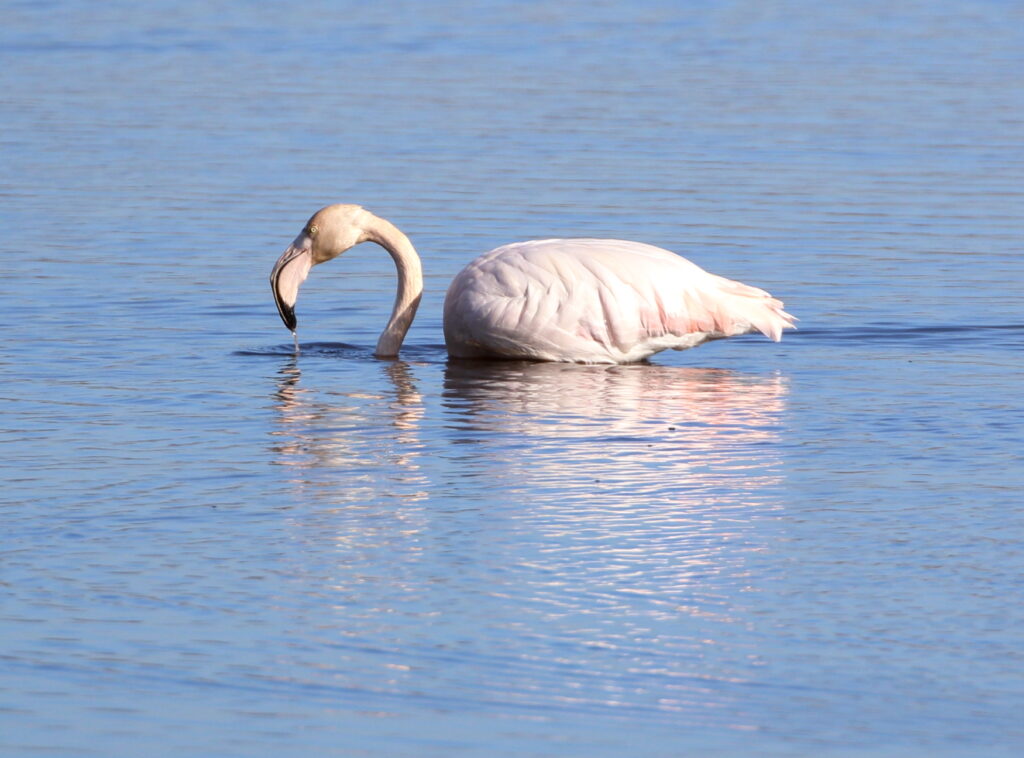
That evening, Amy—who had spent the day shopping and visiting the Picasso Museum—and I decided to take a walk before our last Barcelona supper. She hadn’t yet visited Parc de la Ciutadella (see my previous post “Birding Barcelona, Part 1: The Urban Core”), so we strolled over there. We reached the pond where they rented rowboats and decided to go for it. I handed over six Euros and we climbed in, joining a huge assortment of merry locals and tourists. Black-headed and Yellow-legged Gulls, Graylag Geese, Gray Herons, and Mallards surrounded us. Monk and Rose-ringed Parakeets squawked overhead. I smiled. This was a perfect way to wrap up the trip.
Then, I spotted a small bird sally out from the edge of the pond and return to land on a rock. From similar sightings in Taiwan, Israel, and Japan, I knew immediately what it was. “Gray Wagtail!” I exclaimed! Just as in Japan, it was the only GRWA I had seen, and it pushed my trip list to 50 species.
I swear, you can’t make this guano up.
